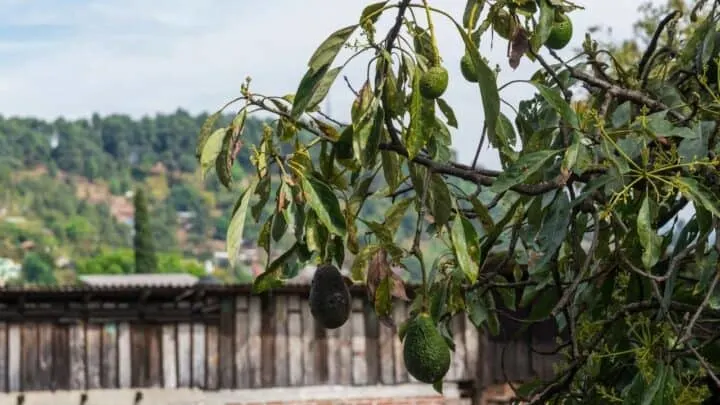When I think of avocado trees, the first thing that pops to mind is the buttery deliciousness of their berries.
The avocado fruit, avocado pear, or alligator pear is just as tasty when consumed on its own, as it is when served as an accompaniment to other dishes.
Their succulent fruit aside, avocados are also popular trees to have in the garden, and many plant parents have high success rates in growing and caring for these glossy-leafed beauties.
According to the University of California avocado trees should always be planted where the warmest microclimate is located on your property.
Although they can be quite susceptible to a variety of ailments, such as root rot, salt burn, and sunburn, with proper care, they can bounce back quite nicely.
Table of Contents
How to revive a dying avocado tree?
To revive an avocado tree afflicted with fungal diseases like root rot, treat it with fungicide and gypsum. Also, don’t overwater the plant. Add mulch to ensure good drainage. If the avocado tree’s dying due to salt burn, water deeply on a regular schedule. For sunburn, paint the bark with white paint.

Reviving a Dying Avocado Tree: Steps You Need to Take
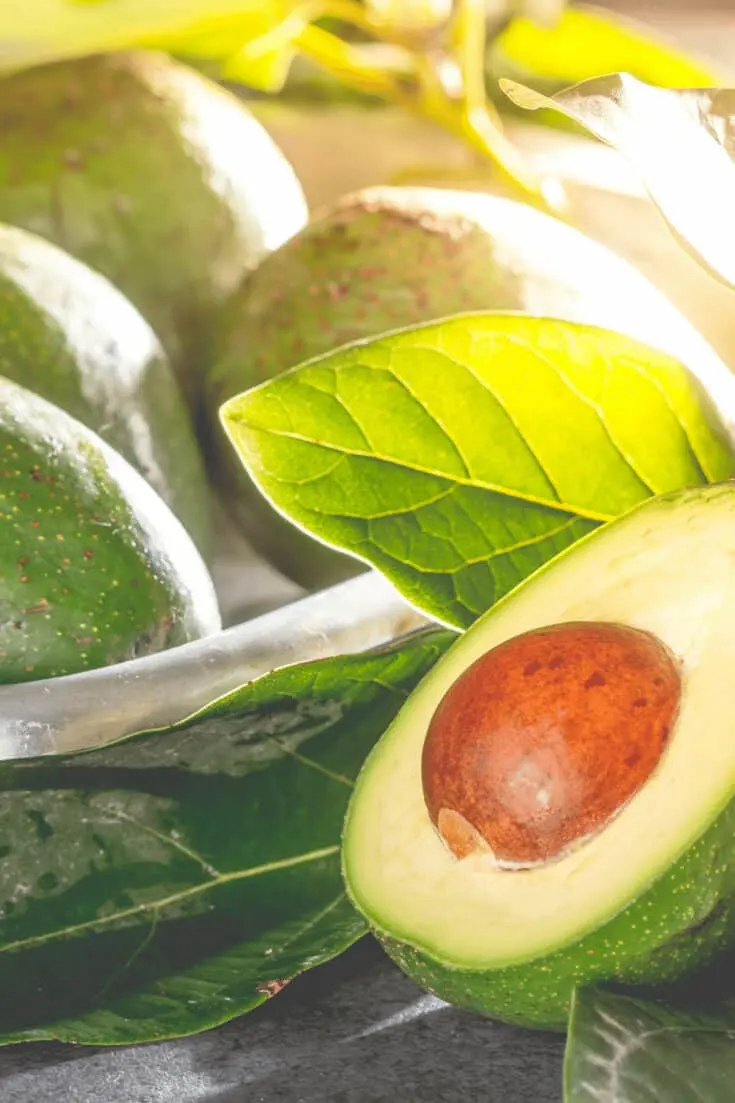
For an avocado tree with root rot and fungal diseases use fungicide and gypsum
There are a few steps you can take to revive a dying avocado tree.
First off, you must identify what is causing the illness, as this will determine the treatment protocol.
For root rot and fungal diseases, I advise using fungicide and gypsum to treat a sick tree.
Together with this, they must not be over-watered and must be planted in well-draining soil. An additional measure of mulching can also be good for their recovery.

Too much sun exposure on the stem and leaves of an avocado tree are not beneficial in the first 3 yers of an avocado tree. After that they thrive in lots of bright direct sunlight
In the case of a salt burn, too much chloride and sodium in the soil can be dealt with by instigating a regular deep watering schedule to literally wash the salts away.
Sunburn can be treated or avoided by providing your avocado trees with ‘sunscreen’ – in the form of white paint!

Avocado trees do not like to stay in soggy soil. Ensure your avocado tree has well-draining soil
How to Know What’s Wrong with My Avocado Tree
Avocado trees love water and sun, but they don’t like having what I call ‘wet feet’.
Roots that spend too much time in dense, soggy, water-logged soil have more of a tendency to develop a fungal disease called root rot.
Avocado trees with root rot can be identified by their usually dark green leaves becoming lighter green and yellow shades, by leaf dropping, and by the dying back of their uppermost branches.

Avocado tree sprouting from an avocado seed
Infected trees will also lose the ability to produce fruit, and if rot is not treated, the tree may perish.
In the case of a salt burn, an avocado’s leaves will start to yellow and curl in on themselves in a phenomenon known as tip-burn.
Brown and yellow spots close to the veins of the leaves may also become noticeable.
If left unattended, a salt burn can cause other problems, including changing the density of the soil in which your tree is planted, and opening it up to further issues such as root rot.
Sunburn on avocado trees can be recognized by dry, parched leaves with a tendency to drop far before the plants enter their dormant phase.

Avocado trees need protection from western sun in the first few years
How to Care for My Ailing Avocado Tree
Root rot in avocado trees is not insurmountable if action is taken quickly.
Fungicides containing calcium carbonate, calcium nitrate, calcium sulfate, or ammonium nitrogen can help to stave off further fungal damage and give trees a fighting chance at recovery.
Gypsum, which is rich in calcium, can be gently worked into the topsoil covering the plant’s root system as a way to stop new fungus spores from forming.
Of great importance, concerning root rot is ensuring that appropriate watering protocols are followed.
Water needs to drain well, via good quality soil, in order to prevent the threat of advantageous rot diseases.
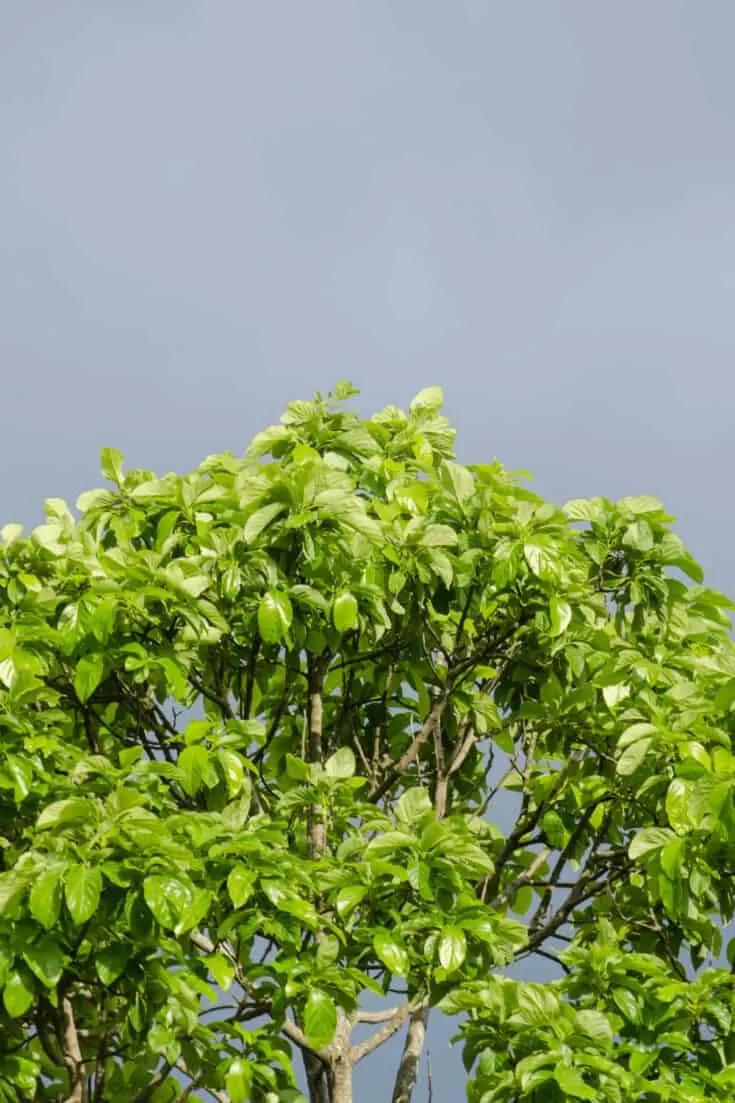
Avocado trees develop dense root structures and foliage to protect from the sun
Covering your tree’s roots with a layer of wood chip mulch can also deter root rot and promote the production of beneficial organisms in the soil.
Similarly, if your avocado tree is suffering from a salt burn, a stringent watering protocol must be followed.
Frequent deep watering until the soil is damp well below the surface can assist with washing away excess salts, provided the soil drains well.
As I always say, though, prevention is always more advisable than cure, so watch out for what you are feeding your trees.
Some fertilizers, for example, have a salt content that is unmanageable for avocado trees.
Finally, if an avocado tree is suffering from sunburn, here is an interesting trick.
Just like humans, the exposed bark and leaves of avocado trees can suffer from excess sun exposure especially in the first 3 years of their existence and if the leaf density is not high enough.
Diluting a white latex-based paint with water, and then painting it onto the branches of the tree, effectively provides it with protection from the sun’s harsh rays.
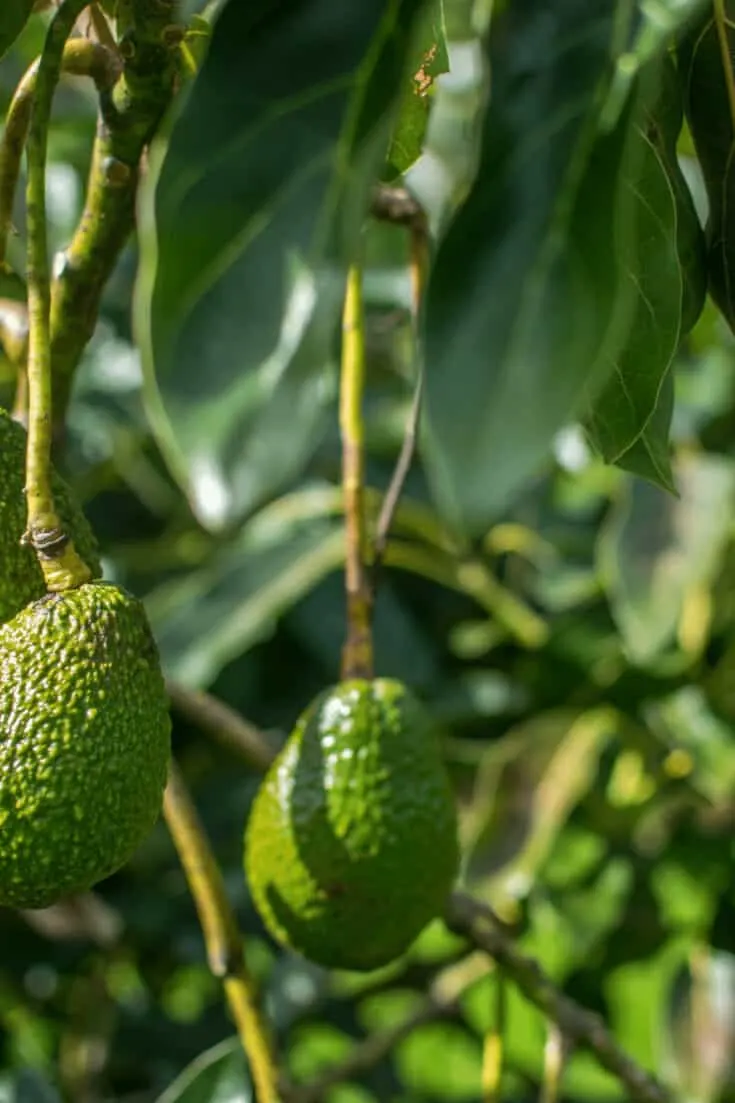
Salt burn needs to be remedied with sufficient watering
Frequently Asked Questions about How to Revive a Dying Avocado Tree
Should I fertilize my avocado trees?
Fertilizer is useful for avocado trees in that it makes up for nutrient deficiencies in the soil. Most commonly, avocado trees suffer from a lack of nitrogen and/or zinc. If you are concerned about your avocado trees, consider having your soil tested and then fertilize for these nutrients accordingly. I generally recommend only fertilizing them as they need it.
Can my avocado tree recover from root rot?
The short answer is yes, in most cases, if it is caught on time, and a treatment plan is implemented. However, there is a particular and rare strain of root rot in avocados, known as Rossellinia, that can be identified by a show of white patches around the tree’s base, and which is almost always fatal. Thus, figuring out which strain of root rot your trees are suffering from can help you give them their best shot at survival.
Is my avocado tree getting too much sun?
Avocados thrive in full sun, but their roots grow close to the surface, so they can develop sunburn. Above 90 degrees Fahrenheit (32 degrees Celsius) is considered a bit too hot for avocado trees, so consider putting measures in place, such as ‘sunscreen’ or shade coverings, to keep them cool during the hottest days.
Conclusion
There is something incredibly satisfying about harvesting your own avocados, but for this to become a reality, one needs to take care of the tree first.
All trees, like animals and people, can tell us if something is off.
So, I simply pay attention to my avocado tree’s needs, and if it seems like it requires a little care, then I make sure to implement a treatment plan so that it comes back into its own during the fruiting season.
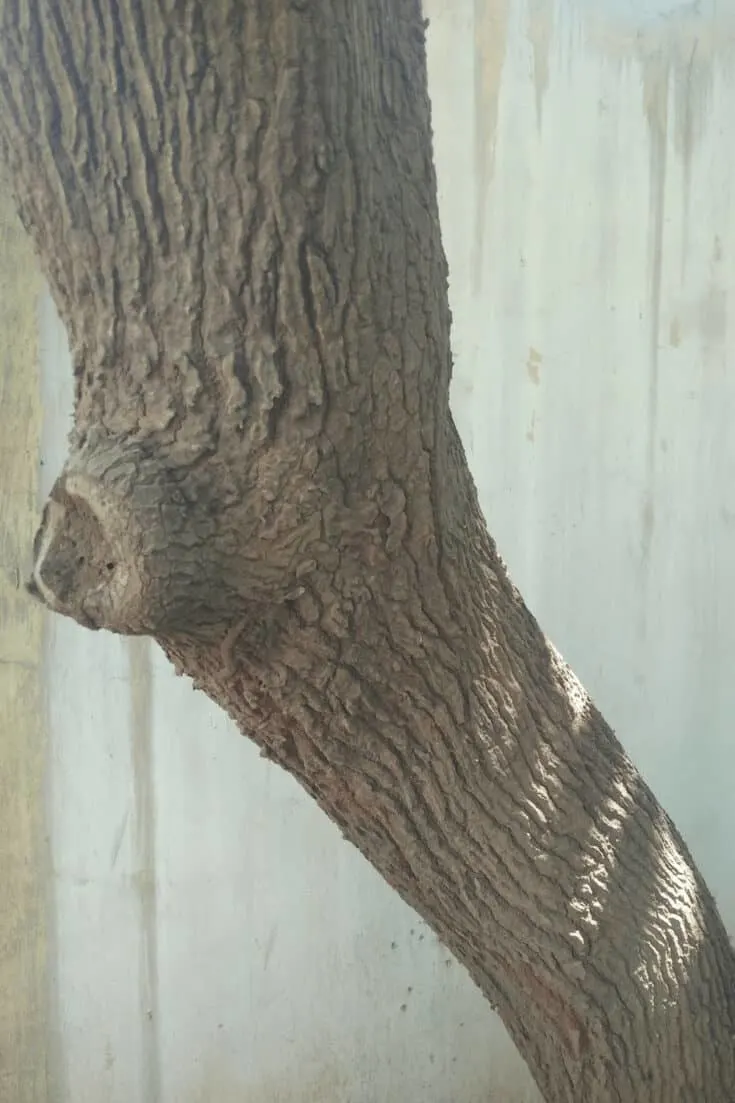
Strong avocado tree stem

Daniel has been a plant enthusiast for over 20 years. He owns hundreds of houseplants and prepares for the chili growing seasons yearly with great anticipation. His favorite plants are plant species in the Araceae family, such as Monstera, Philodendron, and Anthurium. He also loves gardening and is growing hot peppers, tomatoes, and many more vegetables.

